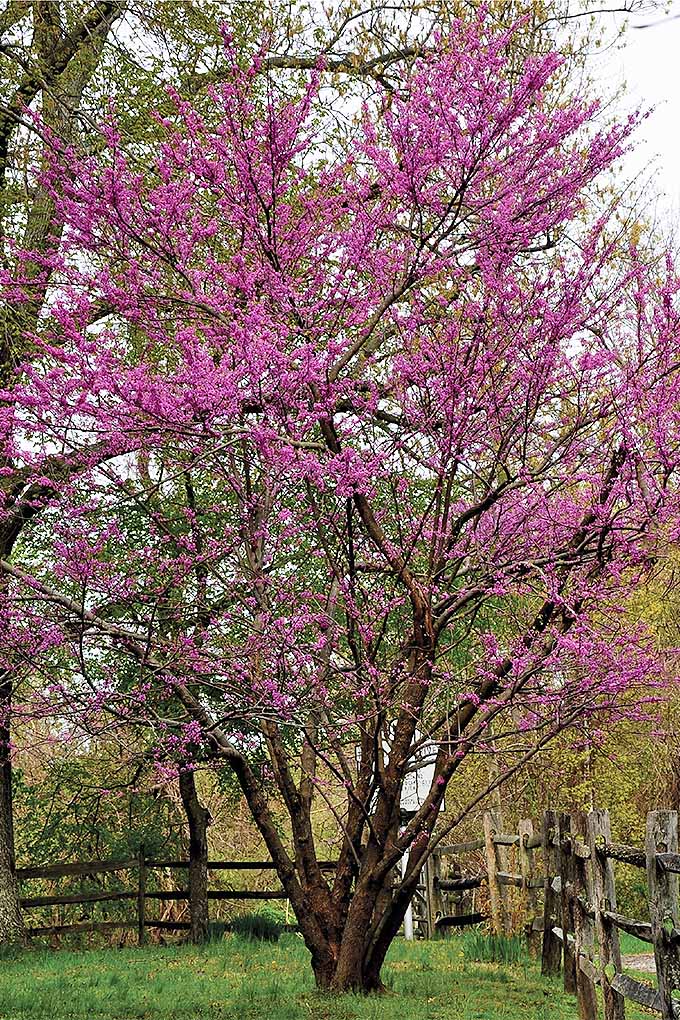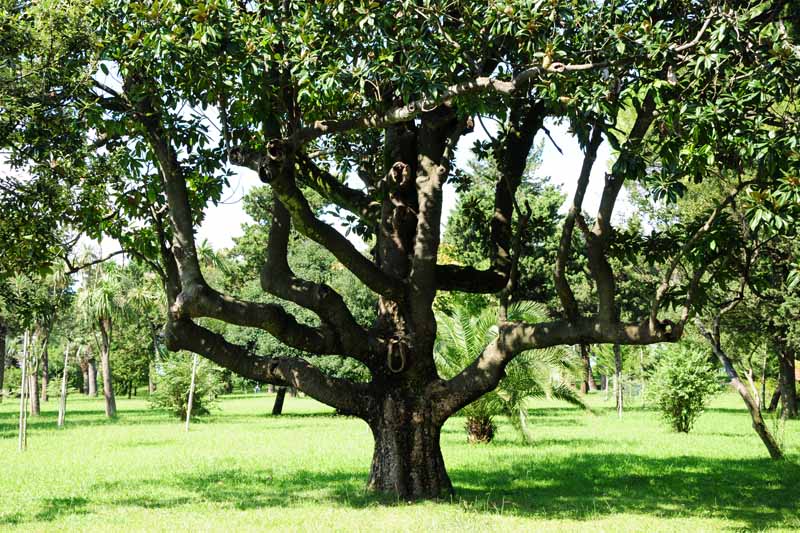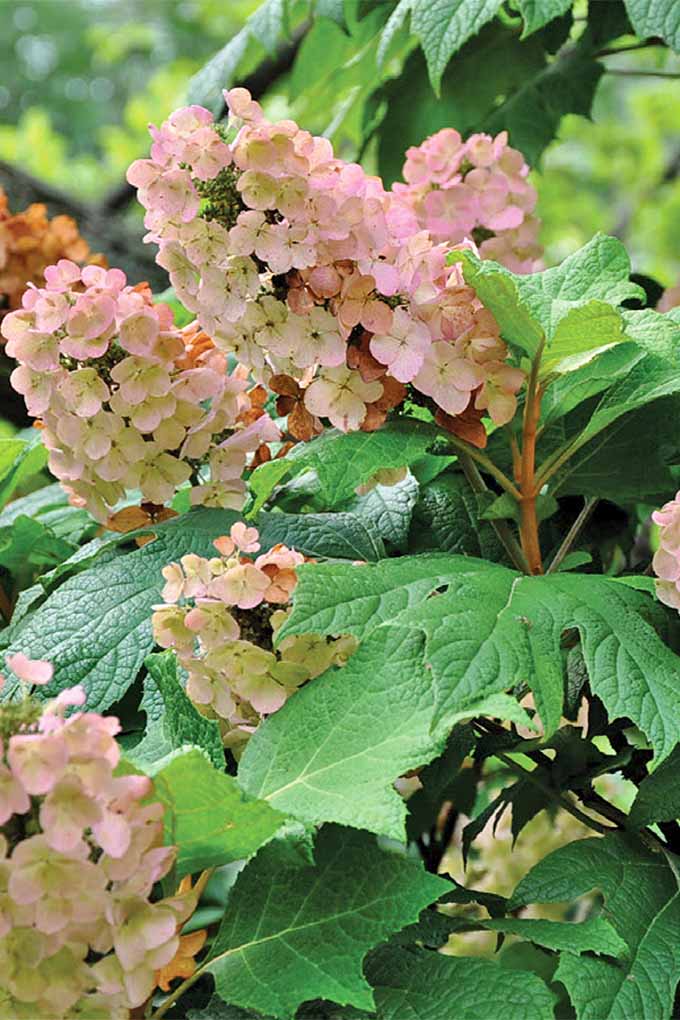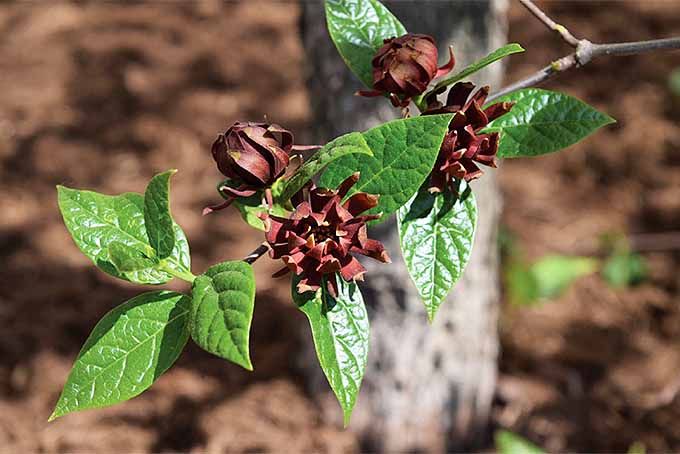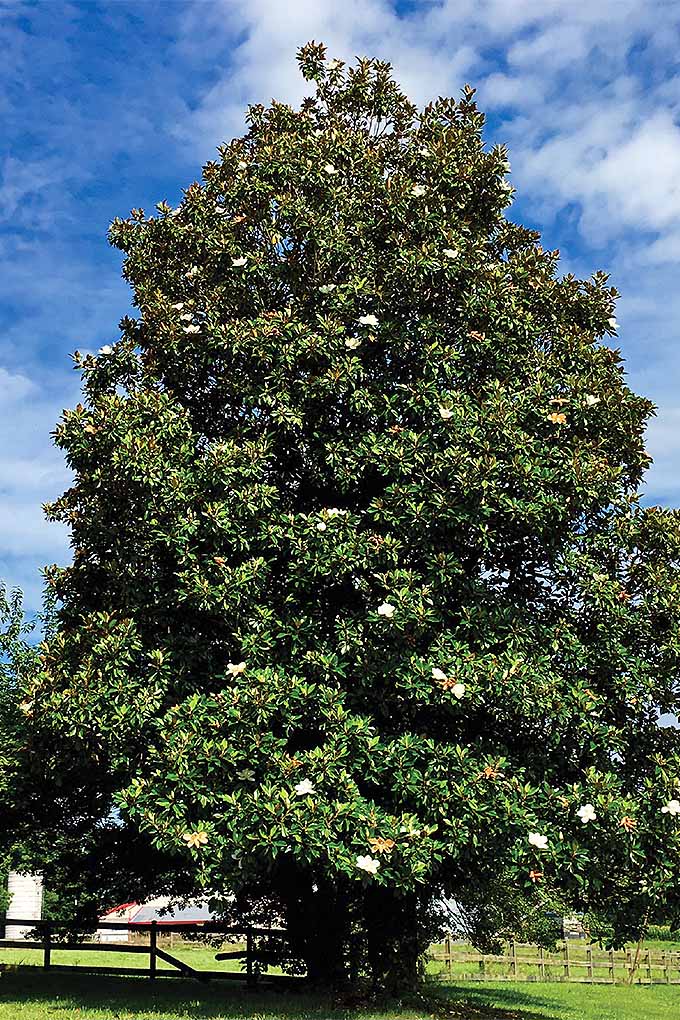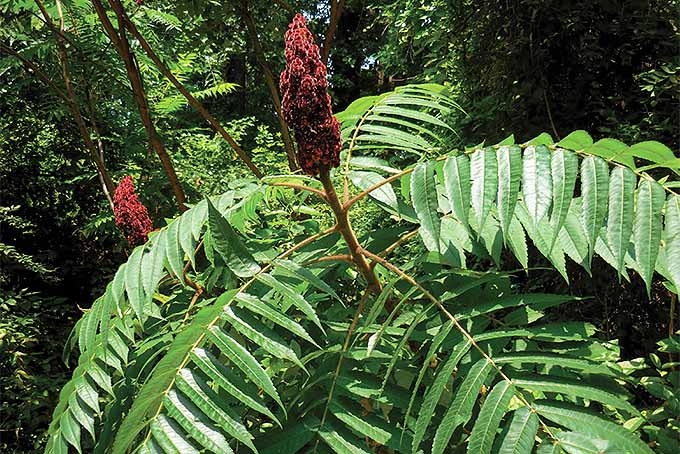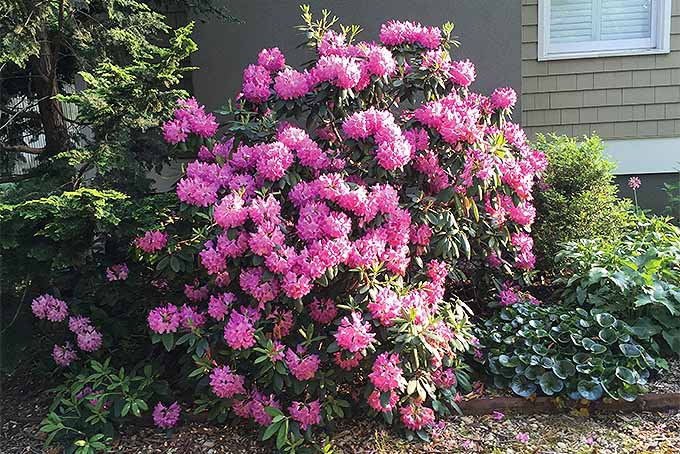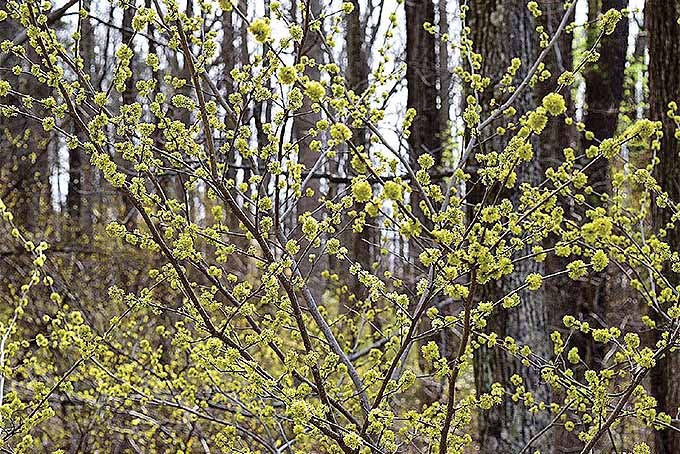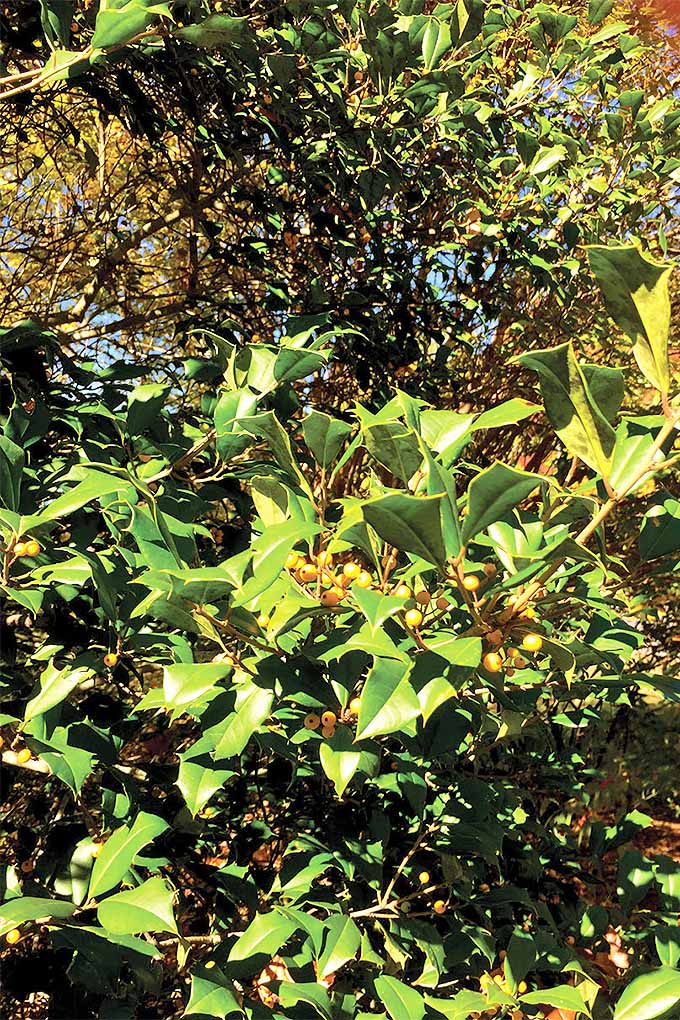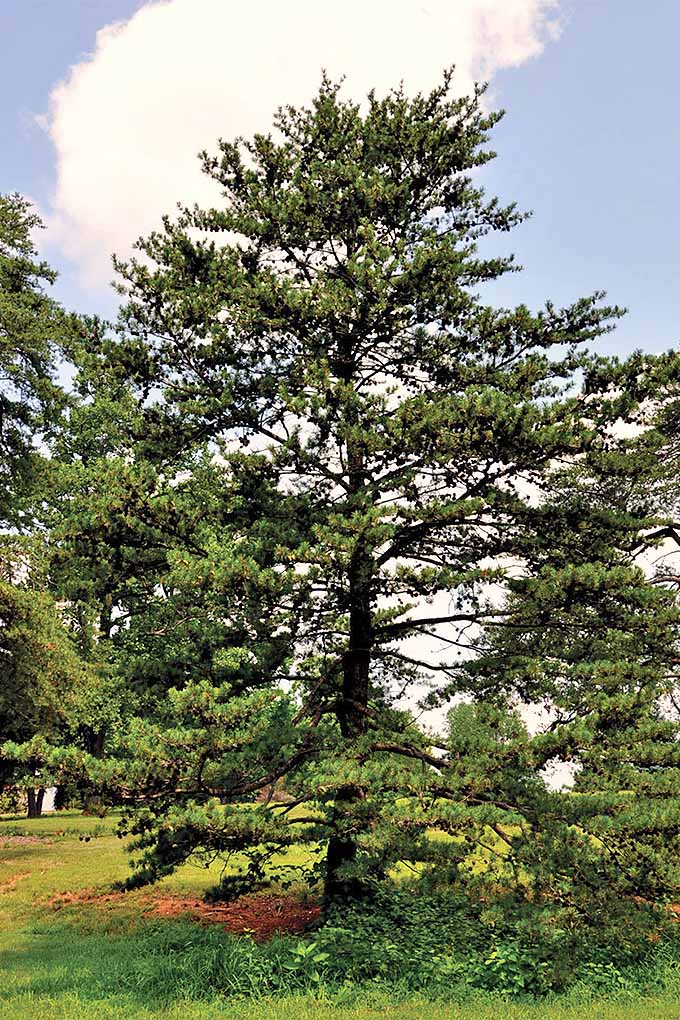However, sometimes we wind up with a yard full of vegetation not well suited to our locale, that performs poorly and does little to support local wildlife. We link to vendors to help you find relevant products. If you buy from one of our links, we may earn a commission.
The Advice of Experts
I’m a sucker for a beautifully illustrated gardening book, so after an inviting cover lures me to browse inside, I go straight to the authors’ credentials. Essential Native Trees and Shrubs for the Eastern United States The authors have created a colorful volume with a clever attribute-based reference system to quickly zero in on appropriate choices. It’s a useful resource that contains “a palette of 21st century natives that thrive in varied, diversified landscapes (p. xi).” Each entry details a species that has proven its excellence in the areas of adaptability and performance, aesthetics, economy of cultivation, and the creation of much-needed habitat. In this case, I was suitably impressed. Here are some highlights: Dove has a degree in horticulture and has managed numerous public and private gardens along the East Coast, including the Historic London Town and Gardens in Maryland. He has served in plant societies, lectured, and written articles for professional journals. Currently, Dove is a horticulturist with the Smithsonian Environmental Research Center in Edgewater, Maryland, that educates policymakers and the public about coastal ecosystems and sustainability.
A Horticultural Treasure Trove
The format consists of an 8×10-inch hardback book with a dust jacket, sturdy stitched binding, and 336 glossy pages. Color photos are abundant, many by the authors, as well as Dove’s wife Della. Woolridge currently serves on the Board of Trustees of 1000 Friends of Maryland, a nonprofit organization that seeks to preserve the region’s rich natural resources and to support positive social, economic, and environmental initiatives. The collaboration of these two experts has resulted in a unique, concise, user-friendly guide to top-performing trees and shrubs endemic to the Eastern United States. Let’s look inside! Woolridge’s illustrations and graphs depict foliage through the seasons, and portray mature dimensions. The key feature of this book is an original organizational concept. Each of the recommendations includes certain characteristics pertaining to site conditions required for growing, and attributes that make it desirable. The authors have assigned a letter of the alphabet to each characteristic, and then cross-referenced them to make it easy for readers to locate varieties that meet all their needs. And the best part of all? The lists are cross-referenced. Here’s an example of how it works: Say you need a drought-tolerant tree with good autumn foliage colors that thrives in poorly drained soil. The first step is to determine which letter is assigned to each characteristic, as follows:
Drought tolerant, “B” Good autumn foliage colors, “J” Poorly drained soil, “C”
The next step is to go to the page for attribute “B.” Here, you’ll find a list of Latin-named species that all have a letter “B” after them, indicating that they are drought tolerant. Scan the list to find those that also have a “J” and a “C,” and you have found species that meet all three of your requirements. Finally, turn to the pages indicated to find abundant illustrations and easy-to-read descriptions of the appropriate options. Each species is listed by its Latin name, followed by common names. Sections containing pertinent information follow. They include:
Attributes/Use in Landscape Seasons of Interest Form Color Texture Culture Companion Plants Wildlife Cultivated Varieties
A concise table gives the USDA Plant Hardiness Zone (zone numbers in parentheses signify variations observed by the authors), as well as sun, moisture, and soil acidity requirements. A chart visually represents growth patterns.
Scope and Format
The book begins with thoughtful introductory material pertaining to the radical changes our natural environment is experiencing, and the resultant threats to endemic flora. These include introduced pests and disease, climate change, and an overpopulation of white-tailed deer. The authors recommend natives that consistently demonstrate remarkable adaptability in the Eastern portion of the United States. A “How to Use This Book” section follows, to make using this book a pleasure. Next is Part I, Site Conditions and Plant Attributes, which consists of a section for trees and one for shrubs, as we’ve discussed. Part II, Primary Tres and Shrubs, contains the in-depth descriptions of essential native species. There are 82 in all, listed alphabetically by their Latin names. The first 41 are trees, then the alphabet starts over, and there are 41 shrubs. In addition to the first two sections, the book also includes a Part III, on Secondary Plants. While these did not make the “A” list, they have considerable merit. However, each has one or more potentially troublesome qualities. These negative traits are coded with numbers. For example, a variety with brittle wood susceptible to wind and/or ice and snow damage is assigned a “9.” There is also a catchall code, “12,” for those that possess any kind of objectionable trait that doesn’t fall into any of the other 11 categories. The steps for using this list are much the same as above, however, there are far fewer species, and descriptions are brief and un-illustrated. Supplementary sections of interest include a glossary of terms, list of sources with informative links, and cross-referenced Latin/common name index.
Comments and Critique
As I mentioned, I’m attracted to pretty garden books, and once I’ve established the authors’ credentials, I browse. Opening this text to a random page, I found the type of format I like: lots of photos and illustrations sandwiched between informative bites of text. I was hooked. However, my reaction was mixed when I first saw the attributes lists. The Latin names, numbers, and letters were intriguing, yet somewhat daunting. I knew I had a sophisticated system before me, and went straight to the How to Use section to crack the code. It was easy to master, and in a matter of minutes, I was locating plants suitable for my selected site in the yard or garden. Once underway, I read Part II like a novel. Listed alphabetically by Latin names, each interesting descriptive entry propelled me into the next. The first half were all trees. Then, abruptly and without an indication of transition, the alphabet began again, and I was into the shrubs. I want to point this out only because a reader who tries to return to a previously read description may lose patience if he doesn’t realize that there are two successive alphabetical lists. Overall, I give this book high marks. I like its exceptional format. A reader can search with specific needs, like full sun, wind tolerant, and showy. He’s rewarded with a list of options that are not only site-suitable and attractive, but sustainable and beneficial to wildlife. But what stands out most for me is the quality of the material it contains. Here you’ll find a lifetime of research and personal experience at your fingertips. Need I say more?
Gardener to Gardener
Each time a gardener selects a new plant, he makes a choice – native or non-native. Native species contribute to the environment, without stressing it in any way. They also require little, if any, human intervention to thrive. This is the essence of sustainable gardening. As a child, I played beneath the shade of trees that lined my street. Over the years, the trees all died, and the township never replaced them. But why? Fortunately, I had the opportunity to correspond with the authors. I asked Woolridge if, in her experience working with communities on environmentally sound development, she had found shade tree commissions and the like receptive to the planting of native varieties of trees and shrubs in public spaces. Her response was, “Yes, in fact, enlightened shade tree commissions require native plants. For instance, In the historic district of Annapolis, when a tree is taken down it must be replaced with a native.” So, if you’re a landscaper bidding on jobs of this nature, plan to make this your go-to guide for proven native plants that deliver. The authors are at the forefront of a movement to restore vital habit. Native plants are an essential component of this shift in attitude and action. Woolridge went on to say, “The nursery business is providing more native plant material as demand increases. We hope that our book will inspire propagation of natives that have been less available.” Continuing the conversation, I asked Dove if all commercially available native trees and shrubs are cultivars of original species. “No,” he said, “In most cases native trees and shrubs available in nurseries are propagated by seed gathered from plants growing in the wild. “Seed (sexually) propagated plants in most cases are the straight species. Cultivated varieties are clones of a selected individual within a species that exhibit some superior attribute, and are propagated asexually (cuttings, grafting, etc.).” I wanted to know if original species are available from non-commercial sources. Dove replied, “Sometimes. As an example, plant societies have plant sales, or sometimes a developer is clearing property for development, and in an effort to save the native tree or shrub from certain demise, you can ask permission to save the plant.” In my reading of Dove and Wooldridge’s book, I noticed that they include several trees and shrubs that are not available commercially. I asked Dove for his advice to gardeners who wish to plant one of the unavailable essential varieties. He recommended consulting a plant brokerage firm or native plant society.
An Essential Addition to Your Gardening Toolkit
To use Dove and Woolridge’s book to best advantage, you need to familiarize yourself with the characteristics of the landscape in which you are working. Defining the climate zone, understanding soil composition, and observing sunlight hours will serve to inform your decision-making process. Refer to Woolridge’s graphs to determine mature dimensions, and select sites that allow ample room for branches to spread, unimpeded by neighboring flora, overhead wires, buildings, and the like. Sturdy and adaptable native plants offer the best value for your money. When planted in their appropriate regions, once established, they require less maintenance than their non-native counterparts. And you’ll soon see that that they have far fewer pest and disease issues, too. If occasional pruning is needed, I recommend a Gardener’s Path favorite, Felco’s F-2 pruning shears. And, if pest or disease treatment is necessary, please follow sound environmental practices like the application of nontoxic diatomaceous earth. Dove and Woolridge have compiled an impressive amount of proven information to aid gardeners east of the Mississippi in making environmentally sound plant choices. With their recommendations, gardeners can help restore fragile ecosystems that have been disrupted by the threats of modern living. Woolridge says, “Our managed landscapes may be the best opportunity to preserve our native plants (p. xiii).” Wouldn’t you like to have 82 primary native species and assorted secondary options at your disposal, to discuss with customers, or plant in your own backyard? It feels good to restore fragile ecosystems disrupted by modern living. Reap the rewards of 75 years of horticultural experience and plant with confidence and satisfaction. Do native plants feature prominently in the landscapes you design, or at home? Give us your advice and share your success stories in the comments section below. Photos by Della Dove, Virginia Woolridge, and Young Choe used with permission. Cover photo via Imagine Publishing. A review copy of the book was provided by the publisher.
